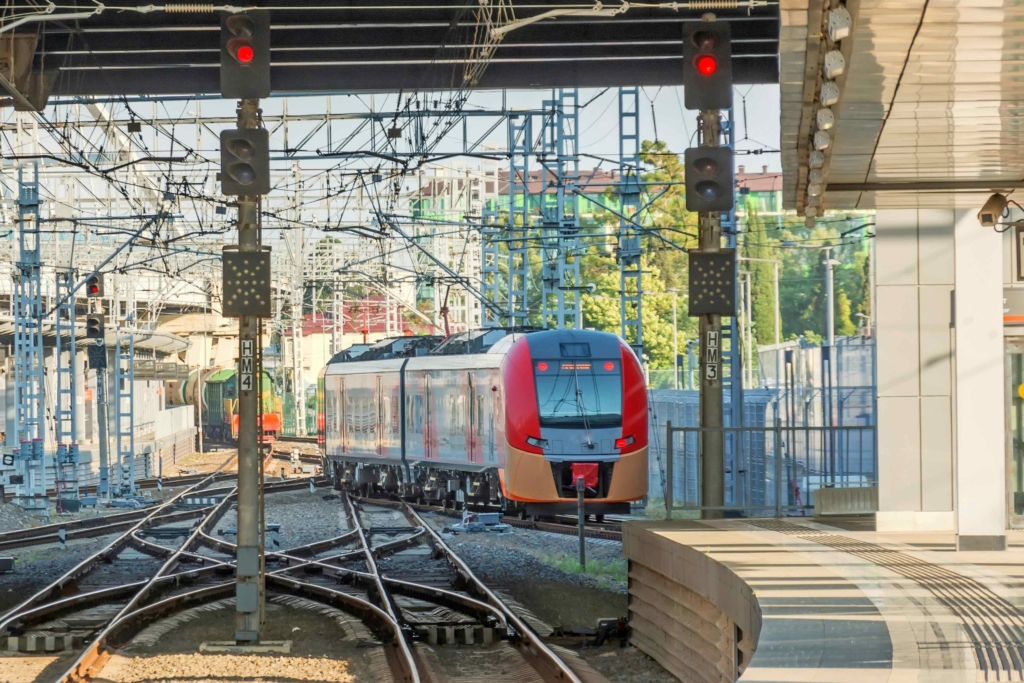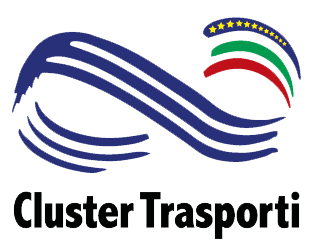First meeting of the WG on rail transport: a position paper for the railway network is coming

Published 1 October 2025
The first meeting dedicated to the Railway Working Group (WG), the thematic working group specifically dedicated to the railway sector, was held on September 16th. This group involves companies, researchers and institutions with the aim of sharing strategies and producing useful documents to guide national and european policies.
The event, which was announced during the general assembly at the end of May, was an opportunity to identify common objectives, aimed at enhancing rail transport, which is considered a fundamental pillar both for the association and for the bodies that are part of it.
In fact, the railway sector is undergoing a phase of profound transformation, which will lead to the digitalization of networks and the adoption of increasingly intelligent systems, aimed at increasing capacity, reliability, and safety.
Sustainability, connection, and service integration are the keywords of this transition. In light of this scenario, WG Ferro looks at the opportunities for innovation, without neglecting the challenges, and is ready to find common solutions to strengthen the efficiency of the sector and thus contribute to a more efficient, digitalized, and low-emission mobility system.
These are issues of absolute relevance for the sector and will also be discussed during the important Expo Ferroviaria 2025, scheduled to take place at the Fiera di Milano from September 30th to October 2nd.
The role of digitalization for the evolution of the railway network
During a particularly busy period for the Cluster Transport, which recently analyzed current issues inherent to the automotive industry and the development of local public transport, the association’s attention also focused on maritime transport and railway transport.
Among the Cluster members, there is a widespread belief that a thorough reflection on the evolutionary path is necessary in all mobility sectors, especially in light of the ongoing dual transition, green and digital.
With specific reference to digitalization in railway transport, the Cluster’s activity will focus on the analysis of technological evolution, viewing the transition as an extraordinary possibility for the renewal of infrastructure and services in order to guarantee greater efficiency of services and intermodality.
For this reason, WG Ferro has set a preliminary and urgent objective: the drafting of an in-depth document specifically dedicated to the sector, also preliminary to the preparation of technical documents, position papers, and new project idea.
Regarding this, professor Cascetta indicated the development of alternative traction systems, dedicated in particular to railway segments that do not use electric traction, and the implementation of automation, with applications for safety, traffic management, and predictive maintenance. This latter area should also extend to train operation, in addition to the refinement of control systems.
New direction within the Cluster Trasporti
Following this were the speeches by Cluster Manager Piersandro Trevisan, who presented the work program and illustrated the objectives of WG Ferro, and Veronica Bocci, coordinator of Ditecfer and member of the Cluster’s CISG committee, who presented the first proposals for activities. With the support of Professor Rindi from the University of Florence and Engineer Rucker from Hitachi, who, together with Professor Mastinu, work on the Cluster’s Scientific Council, Dr. Bocci summarized the activities developed in recent years.
These activities have allowed not only the identification of specific vertical priorities in research and innovation but have also highlighted relevant cross-cutting themes for other transport modes. A significant example is the attention paid to environmental sustainability, culminating in the launch of a project to decrease environmental impacts and energy consumption, both for systems installed on trains and for infrastructure.
Furthermore, in recent years, through a bottom-up approach among members, 87 technical sheets were collected, which contributed to outlining the Cluster’s Strategic Research Agenda (SRA). The estimated need for investments in Research and Development (R&D), both public and private, necessary to implement these priorities, exceeded 400 million euros with a projection to 2030. This figure was estimated to almost double by 2050.
The key areas identified by companies particularly concerned energy efficiency, safety, reliability, and competitiveness; the priorities were translated into roadmaps to accelerate the market introduction of innovations.
Among the strategic areas considered most important, the following stand out: accessibility and integration of passenger transport; the development of a safe and competitive freight transport system; the adoption of innovative integrated diagnostics for infrastructure and fleets; and finally, Intelligent vehicles and infrastructure.
The Cluster also provided a significant contribution to the National Research Plan (PNRR) on the theme of sustainable mobility and supported the specialization strategy (S3) both nationally and regionally. It also dedicated a significant contribution to the analysis of the production chains (value and supply chain) of the Italian railway sector.
Priorities emerging from the round table
The central phase of the meeting, the round table, was dedicated to discussion and the sharing of themes, activities, project ideas, and expectations by participating companies and associations. The debate explored several key areas for the development of the sector.
In particular, the importance of efficiency enhancement and the recovery of competitiveness was highlighted, through new digital technologies and new forms of service organization, especially for High Speed and freight transport (train length). Environmental and energy issues must also be clearly highlighted to support the sustainability and development of rail transport thanks to new materials and, for non-electrified lines, new hydrogen or hybrid trains.
Among the enabling conditions, the necessity to develop new technologies, starting with AI applications, within a supply chain logic and among companies, and the skills and training of personnel were highlighted. These are considered by all participants to be an essential element for the development of the sector and for attractiveness, especially towards young people.
Next steps
Looking to the future, according to what emerged from the meeting, an active involvement of all stakeholders is planned. They will have the opportunity to submit their proposals and project priorities.
From the totality of the ideas collected, 2 or 3 main initiatives will then be selected, on which the Working Group will focus its work in the subsequent months.
Among the next steps is also the strengthening of the Cluster Trasporti’s communication through the extension of related activities, such as the weekly newsletter. This publication currently reaches about 800 professionals and now also includes themes relating to the maritime and railway sectors.


